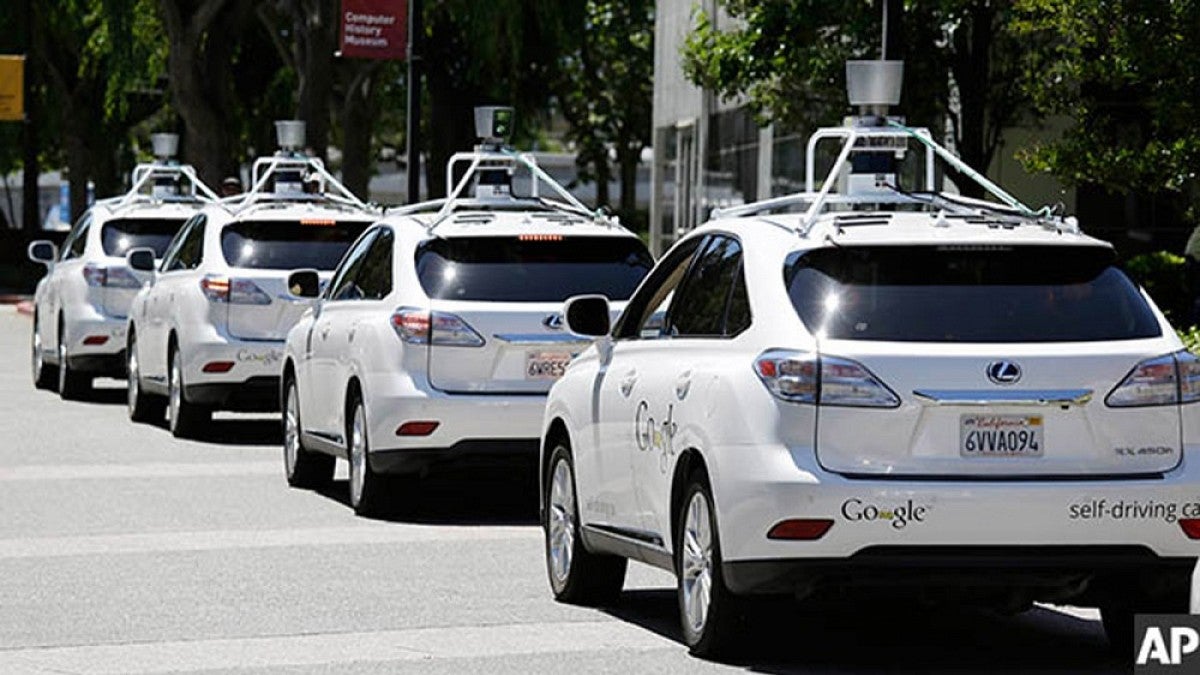Sorting out the social implications of new technologies like self-driving cars, the sharing economy and e-commerce will be the focus of a first-of-its-kind national conference hosted in part by the University of Oregon.
The National Urbanism Next Conference will be an opportunity for stakeholders to come together to engage in a national dialogue about how cities can best prepare for the dramatic changes created by emerging technologies. The event will take place March 5-7 at the Oregon Convention Center in Portland.
“These conversations are just starting, and there’s a tremendous desire for this,” said Nico Larco, Urbanism Next lead and co-director of the UO’s Sustainable Cities Initiative. “We have been overwhelmed by the interest in these topics across the public, private and academic sectors. People are just waking up to the impacts of this new reality and are hungry for information about how they need to prepare.”
The UO is partnering with the American Institute of Architects, the American Planning Association, the American Society of Landscape Architects and the Urban Land Institute to present the conference. Participants will represent academia, architecture, planning, real estate and more.
How new technologies will affect cities and towns also is a focus of ongoing UO research. Its Urbanism Next program, part of the Sustainable Cities Initiative, tries to understand how such changes lead to shifts in land use, changes in street design, potential reductions in parking needs, shifts on where people choose to live, and challenges for urban density, the extent of sprawl and the vitality of urban areas.
“Cities that think ahead will stay ahead,” says Urbanism Next program manager Becky Steckler. “Putting policies and programming in place in advance of these changes will be much simpler and more efficient than trying to adopt policies to solve problems after they arise.”
The initiative examines those changes in the contexts of equity, economy and governance in communities. “Rethinking Streets in the Era of the Driverless Car” is the latest original research from Urbanism Next.
The report examines how autonomous vehicles present an opportunity to re-envision the functions of streets. Autonomous, or self-driving, cars will likely require fewer, narrower lanes and less parking. This frees up space that could be used for a broad range of beneficial public and private uses including non-auto transportation, housing, retail, recreation, ecological corridors and more.
As the report authors suggest, “Schools could extend their presence and activities into former parking or travel lanes; household gardens or community agriculture could fill small spaces; art or cultural activities — creation, performance, instruction — could find a platform. When given a newly blank canvas, our communities may be quite creative with imagining how to fill it.”
The conference will tackle many similar questions: How will communities decide to adapt to the disruptions brought by autonomous vehicles? What can planners and policymakers do to ensure that the streets of the future are equitable and socially beneficial?
U.S. Rep. Earl Blumenauer, Robin Chase of Shared Mobility Principles and Jeff Tumlin of the transportation consulting firm Nelson\Nygaard will be among the conference speakers. On the second day of the conference, participants will have an opportunity to engage in any of 17 interactive workshops that each focus on a different aspect of the challenges and opportunities presented by emerging technologies.
A detailed schedule or presentations, workshops and other conference events is available at urbanismnext.com/schedule.


